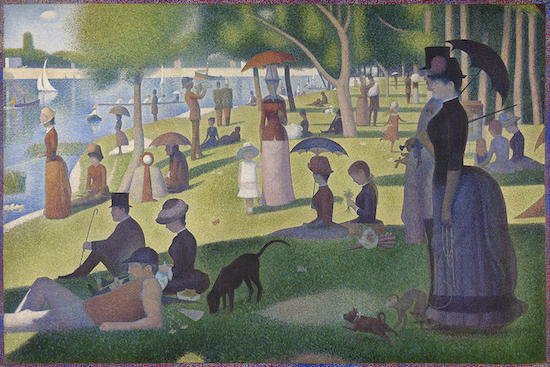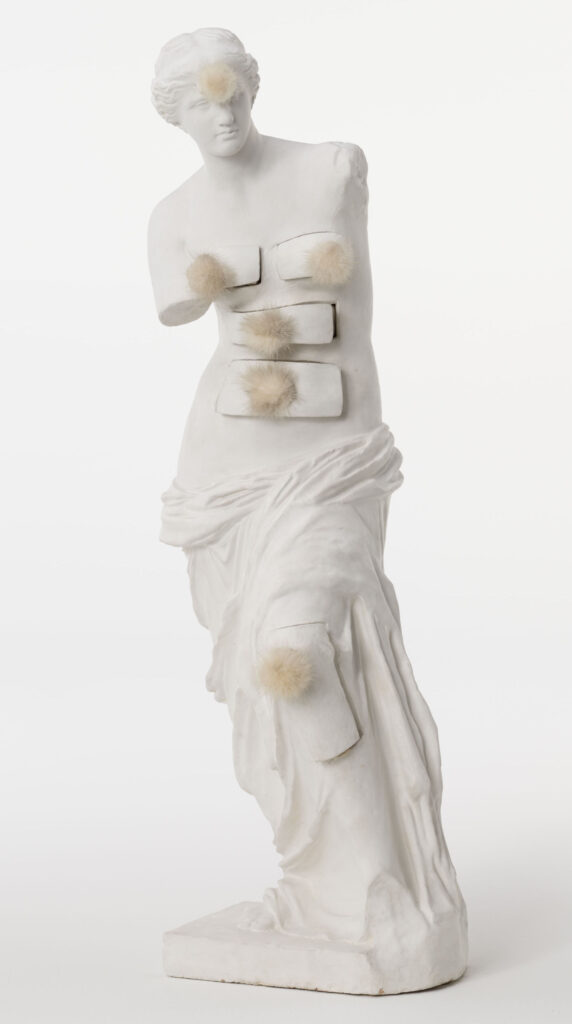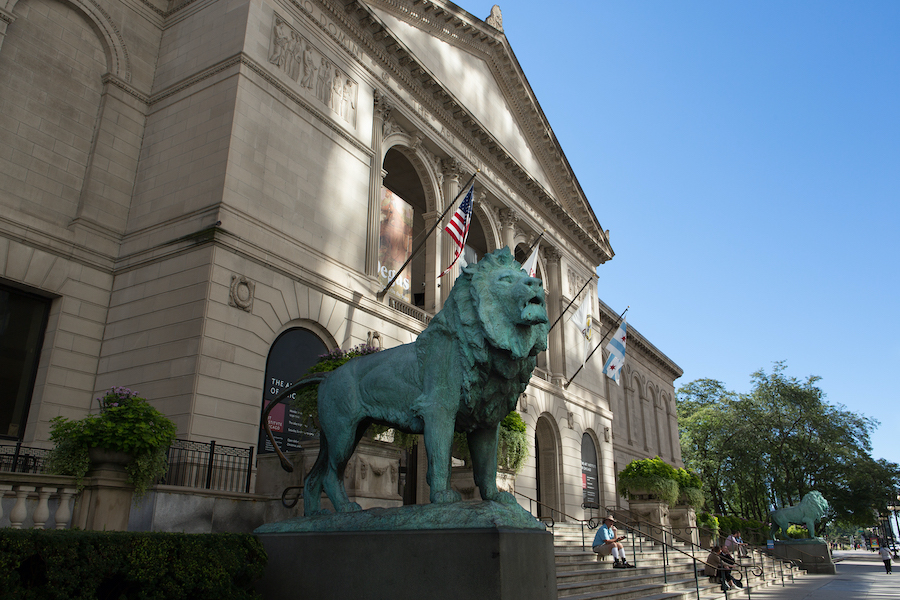A day spent exploring the Art Institute of Chicago, and developing a serious appreciation for Salvador Dalí

By Sophia Gianaris
Staff intern
Photos courtesy of The Art Institute of Chicago
Art Institute
111 S. Michigan Ave.
ArtIC.edu
What a day in the city I had recently when a friend and I took the train downtown from Park Ridge to explore the famed Art Institute of Chicago.
A new Salvador Dalí exhibit (Salvador Dali: The Image Disappears) is featured through June 12, so I was jumping out of my skin to see it. When we got there we went straight to see his work, though beware, we had to join a virtual line and wait three hours to get in. Since it was virtual, however, we were able to roam around the museum as we pleased while “waiting” to see this new exhibit.
In the meantime, we checked out many displays, my favorite being A Field Guide to Photography and Media. It featured portraits, landscapes, propaganda and more. Basically any type of image you can think of, the Art Institute had. The way the works were displayed was asymmetrical, with no real order from what I noticed. I thought this added a nice touch, as the photos were able to remain uncluttered.
Coming in a close second for me was the Thorne Miniature Rooms, as the amount of detail put into each one was mind blowing.

Coming in a close second for me was the Thorne Miniature Rooms, as the amount of detail put into each one was mind blowing. There were 68 rooms displayed, each having a different aesthetic. I thought each one appealed to its description perfectly. Easy to say, I was very impressed.
Of course we had to check out the classics too. We made sure to see Seurat’s A Sunday on La Grande Jatte and Caillebotte’s Paris Street; Rainy Day. The way these two famous paintings, in particular, were displayed on their own walls maximized the experience.

One interesting thing I noticed about the museum was how each room and exhibit had a different ambience. The detail that went into each one couldn’t go unnoticed — from the color of the room to the patterns on the floor. It was surreal. When I was viewing the Medieval and Renaissance exhibit, I felt like I had been transported back in time. Every wall was filled with old paintings, and there was an entire arrangement of knights riding on horses. Yet even with all the paintings and armor, it never felt too full or cluttered. Everything is effortlessly organized, not only in this exhibit, but the entire museum.
This Dali exhibit presents more than 30 paintings, drawings, photos and objects, including extremely rare loans from public and private Surrealist collections in Europe and the U.S.
After exploring a bit more, a text came from the virtual line that Dalí was ready for us, so we hustled over.
The first thing I noticed about Salvador Dalí: The Image Disappears was the salmon-colored walls, which created an open, comfortable feel to the room, even with a decent amount of people  there. Walking through, I noted how the simple black frames didn’t take away from his complicated work, instead allowing his art to shine.
there. Walking through, I noted how the simple black frames didn’t take away from his complicated work, instead allowing his art to shine.
Each piece varied in size, and I thought this was the best way to showcase his work because the actual paintings went along with each other like puzzle pieces. The Art Institute has been collecting Dalí’s work for nearly 90 years, obtaining more than three dozen of his creations in all.
This exhibit presents more than 30 paintings, drawings, photos and objects, including extremely rare loans from public and private Surrealist collections in Europe and the U.S. The pieces on loan were carefully chosen by the exhibit curators to complement Dalí’s career. He was able to create his own brand of surrealism, and the Institute does a great job of capturing that.
It took me a minute to really grasp the meaning behind each piece of work, and my appreciation grew with every step. Salvador Dalí, not surprisingly, was well worth the wait, even if that wait was only virtual.














